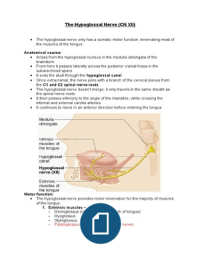Exam (elaborations)
NCLEX Exam Questions From The 5th Edition Saunders Book, Acid-Base Balance Exam Questions & Answers, Explained Answers
- Course
- Institution
NCLEX Exam Questions From The 5th Edition Saunders Book, Acid-Base Balance Exam Questions & Answers, Explained Answers-A patient had 5 liters of fluid removed during a paracentesis. What intravenous (IV) solution may be used to pull fluid into the intravascular space after the paracentesis? 0.9%...
[Show more]







